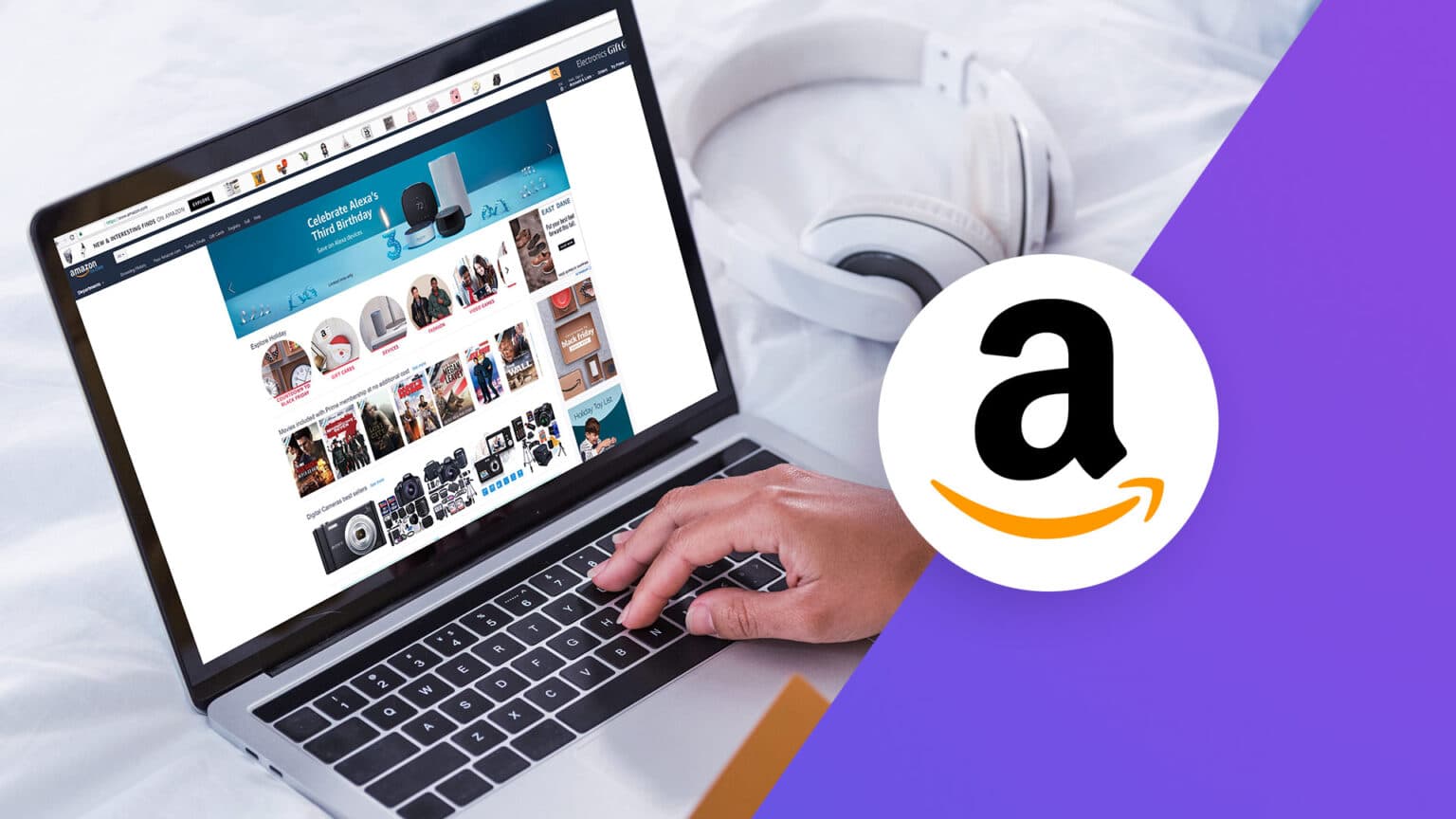Introduction
Amazon, the global e-commerce titan, has revolutionized the way the world shops. From a humble online bookstore to a trillion-dollar marketplace, Amazon sets the gold standard for online retail. For entrepreneurs and tech visionaries, building a website like Amazon is both an ambitious and lucrative goal.
If you’re wondering how to make a website like Amazon or are curious about how to start a business like Amazon, this comprehensive guide breaks it all down from technical development and features to business strategy and monetization.
1. Understanding Amazon’s Business Model
Before building an Amazon-like website, you need to understand how Amazon works:
Business Model:
- Multi-vendor marketplace: Third-party sellers list their products on Amazon.
- Fulfilled by Amazon (FBA): Amazon handles warehousing, packaging, and delivery.
- Subscription-based services: Amazon Prime, Kindle, Audible, etc.
- Advertising Revenue: Sponsored products and display ads.
Revenue Streams:
- Product sales (own & third-party)
- Subscription (Amazon Prime)
- Advertising
- Logistics & cloud services (AWS)
You can replicate parts of this or create a niche version (e.g., electronics, books, fashion, etc.).

2. How to Start a Business Like Amazon
A Complete Guide:
- Choose a Niche or Go Broad
Start with a focused product category or go full-scale with multiple departments. - Market Research & Business Planning
Analyze competitors, target markets, and define your value proposition. - Business Registration & Legal Setup
Register your business, get tax IDs (like GST or EIN), comply with e-commerce laws and privacy regulations. - Logistics & Fulfillment Planning
Will you fulfill orders, or will third-party vendors ship products? - Platform Development
Build your e-commerce platform (more details below). - Seller Onboarding
Create a strategy to attract and retain sellers. - Launch & Market Your Platform
Focus on SEO, paid ads, influencer campaigns, and referral programs.
3. Key Features of a Website Like Amazon
Amazon succeeds due to its deep functionality and customer-first design. Here are must-have features for your Amazon-style website:
User Features:
- Account registration & profile
- Advanced product search
- Category browsing
- Product comparison
Add to cart / Wishlist - Secure checkout
- Order tracking
- Reviews & ratings
- Notifications (email/SMS)
Seller Features:
- Dashboard with analytics
- Product listing management
- Inventory control
- Order handling tools
- Return & refund management
- Settlement & earnings report
Admin Features:
- Approve/reject sellers
- Product moderation
- Customer support ticketing
- Commission management
- Banner/advertising management
- Full analytics and reports
4. Tech Stack for an Amazon-Like Website
Choosing the right technology stack ensures scalability, performance, and security.
|
Layer |
Tools/Tech |
|
Frontend |
ReactJS / VueJS / Angular |
|
Backend |
Node.js / Django / Laravel |
|
Mobile App |
Flutter / React Native / Swift / Kotlin |
|
Database |
PostgreSQL / MongoDB / MySQL |
|
Server |
AWS / Google Cloud / Azure |
|
Payment Gateways |
Stripe, Razorpay, PayPal, Square |
|
Search Engine |
Elasticsearch |
|
Security |
HTTPS, SSL, firewalls, encryption, token-based authority |
5. Development Options
You can build your Amazon-like site in three main ways:
Option 1: Custom Development (From Scratch)
- Pros: Full control, scalable, custom features.
- Cons: Expensive, takes longer.
Option 2: Amazon Clone Scripts
- Ready-made templates and scripts from CodeCanyon, Appkodes, etc.
- Pros: Faster launch, cost-efficient.
- Cons: Limited flexibility.
Option 3: CMS + Plugins
- Use Magento, WooCommerce (with Dokan), or Shopify with apps.
- Pros: Beginner-friendly, open-source.
- Cons: Scaling limitations, plugin conflicts.
6. How Much Does It Cost to Build a Website Like Amazon?
Cost depends on the complexity, region of developers, and tech stack.
|
Complexity |
Features |
Cost Estimate (USD) |
Timeline |
|
Basic MVP |
Simple storefront + vendor support |
$20,000 – $40,000 |
3–5 months |
|
Mid-Level |
Marketplace + payments + logistics |
$50,000 – $100,000 |
6–9 months |
|
Advanced Platform |
Full Amazon clone + AI + warehouse |
$150,000 – $300,000+ |
9–15 months |
7. Logistics, Fulfillment, and Delivery
Amazon thrives due to its strong logistics backbone (FBA). You need a solid plan here:
Fulfillment Options:
- Own logistics: Requires a delivery app, fleet, tracking systems.
- Third-party logistics (3PL): Use Shiprocket, Delhivery, or DHL.
Build a logistics dashboard and integrate tracking APIs for real-time updates.
8. Payment Gateway Integration
Seamless, secure payment is essential. Include:
- Multiple payment methods (credit/debit, UPI, wallets, COD)
- Automated payment splits (for marketplace sellers)
- Fraud detection tools
- International payment support (if global)
9. How to Attract Vendors & Buyers
Seller Acquisition:
- Low commission during onboarding phase
- Free listing tools
- Training videos & webinars
- Dedicated account managers
Customer Acquisition:
- SEO & content marketing
- Social media ads
- Influencer collaborations
- Coupon codes, loyalty programs
- Referral bonuses
10. Monetization Strategy: How Amazon Makes Money
You should adopt multiple revenue models:
|
Revenue Source |
Description |
|
Commission |
% of each sale from sellers |
|
Subscription |
Prime-like model offering faster delivery or exclusive deals |
|
Advertising |
Paid placement for sellers (PPC, banner ads) |
|
Warehouse Fulfillment |
Charge sellers for logistics & storage |
|
Payment Processing Fee |
Commission on every payment transaction |
11. Challenges of Building a Website Like Amazon
|
Challenge |
Solution |
|
Seller quality control |
Seller ratings, background checks |
|
High development cost |
Start lean with MVP and clone scripts |
|
Cart abandonment |
Email recovery campaigns, urgency triggers |
|
Security & fraud |
2FA, SSL, secure tokenization, KYC |
|
Customer service scale |
AI chatbots + human agents |
12. Scaling & Maintenance
Once launched, keep investing in:
- Performance optimization (page load, mobile UX)
- Regular updates (bug fixes, new features)
- Cloud auto-scaling (for traffic spikes)
- Customer support (chat, call, ticket)
- Security patches
13. Timeline for Building a Website Like Amazon
|
Phase |
Time Estimate |
|
Planning & Wireframes |
2–4 weeks |
|
Design (UI/UX) |
4–6 weeks |
|
Backend & Frontend Dev |
3–8 months |
|
Mobile App Dev (if any) |
3–5 months |
|
Testing & QA |
1–2 months |
|
Launch & Marketing |
Ongoing |
14. Real Examples of Amazon Alternatives
- Flipkart (India)
- Mercado Libre (Latin America)
- Jumia (Africa)
- Rakuten (Japan)
- AliExpress (China/global)
Each started with a clear niche or unique model and evolved into a major player.
Conclusion
Creating a website like Amazon is a bold, strategic undertaking. It requires a blend of smart business decisions, strong tech execution, and continuous innovation. While building an exact replica of Amazon is costly, you can always start small, launch a minimum viable product, and scale progressively.
Start with a specific niche (like fashion, electronics, etc.), focus on core features, deliver exceptional user experience, and build your own digital empire step by step.
Want to Build Your Own Amazon Clone?
I can help with:
- Business model canvas
- UI/UX wireframes
- Tech stack planning
- Development team selection
- Cost estimation & timeline

